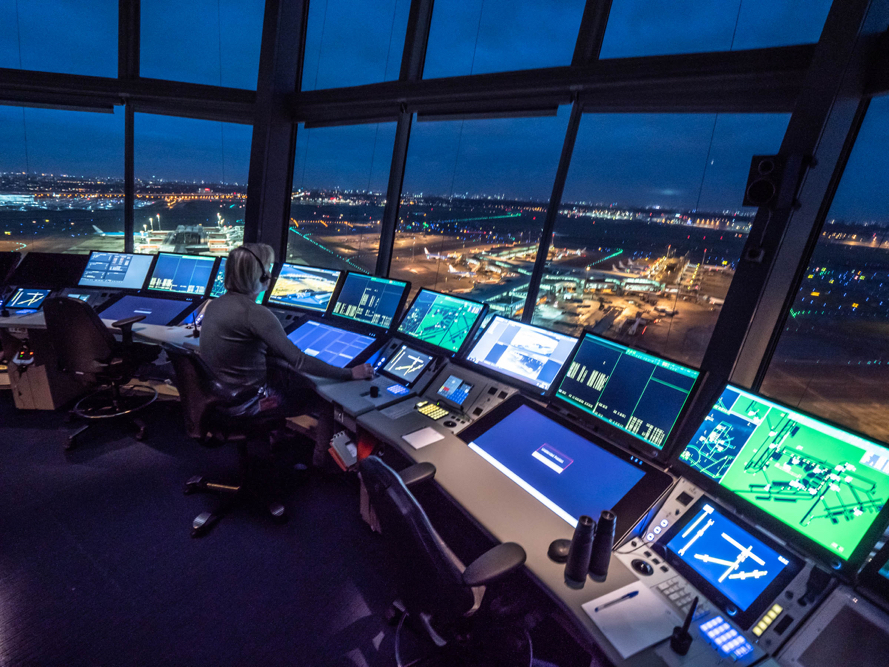Amsterdam is Europe’s busiest airport in terms of movements and top 3 in terms of passenger numbers; in 2018, it handled over 70 million passengers with over 500,000 movements. I visited the Air Traffic Control Tower and Approach Centre in Amsterdam, to find out how the air traffic is managed in one of the busiest European Airports.
At 101 meters above ground, this impressive air traffic control tower is the tallest one in the Netherlands. The team ensures that safe traffic flows within a 15 kilometre radius around the Amsterdam Airport of Schiphol, on a daily basis.
Actually, there are two towers in operation due to the lay out of the airport and its runways; one at Schiphol-Centre and one near the Polder Runway (runway 18R/36L).
The newly upgraded control tower at the Schiphol Centre has 15 positions. During my visit, there were 6 controllers working at one time:
- 2 controllers working on ground (North and South)
- 1 working as departure clearance delivery
- 1 working as runway planner
- 1 working as tower
- 1 working as tower assistant
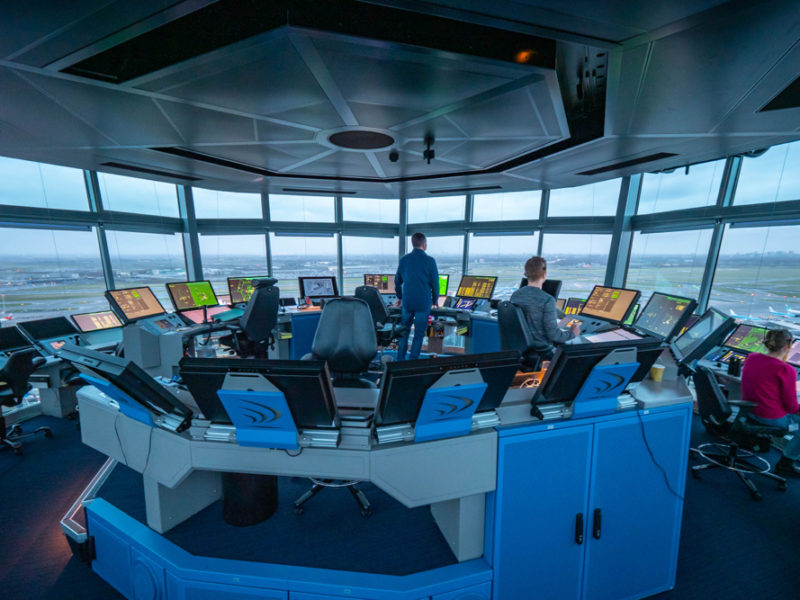
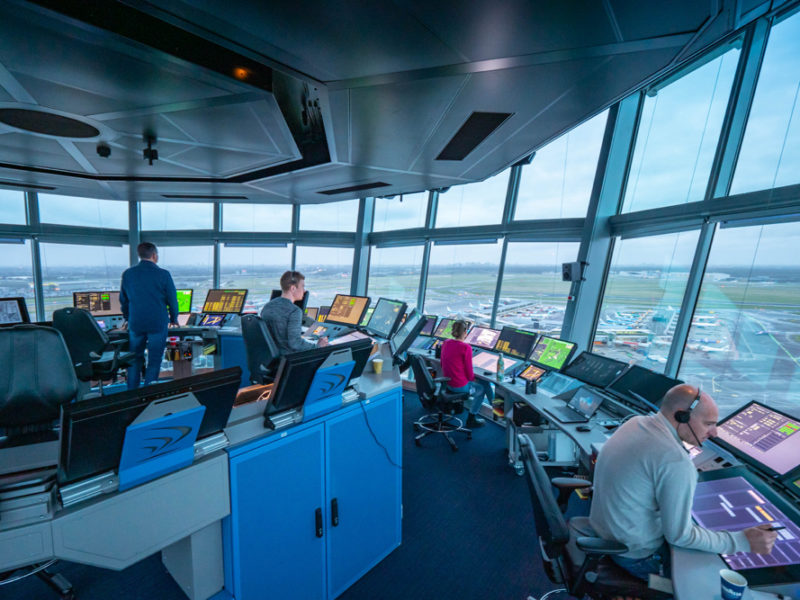
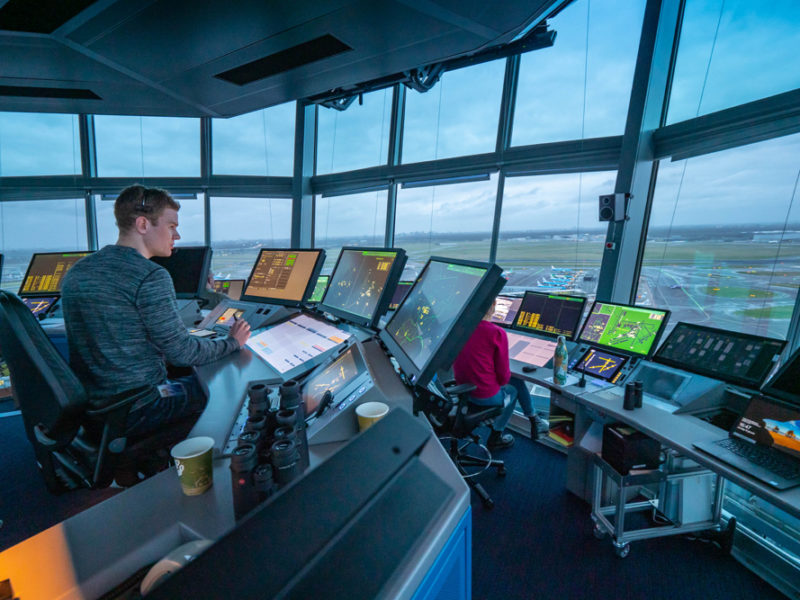
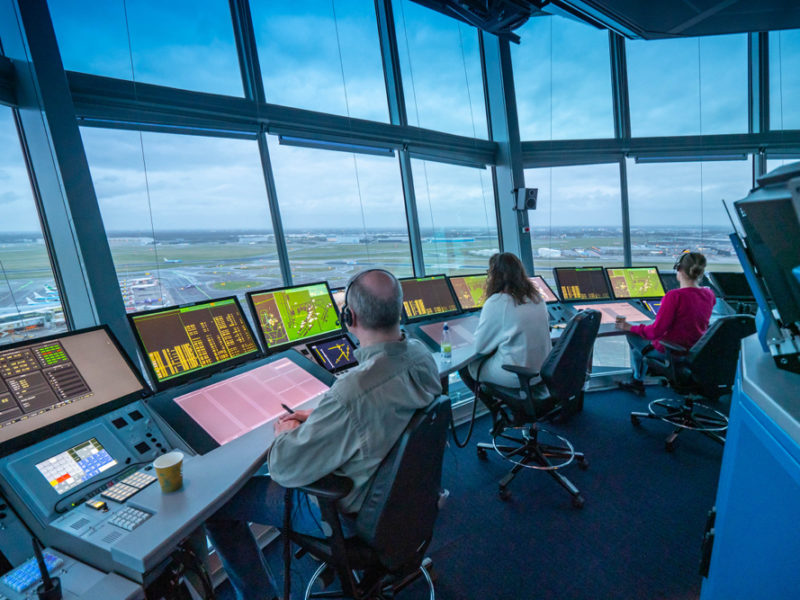
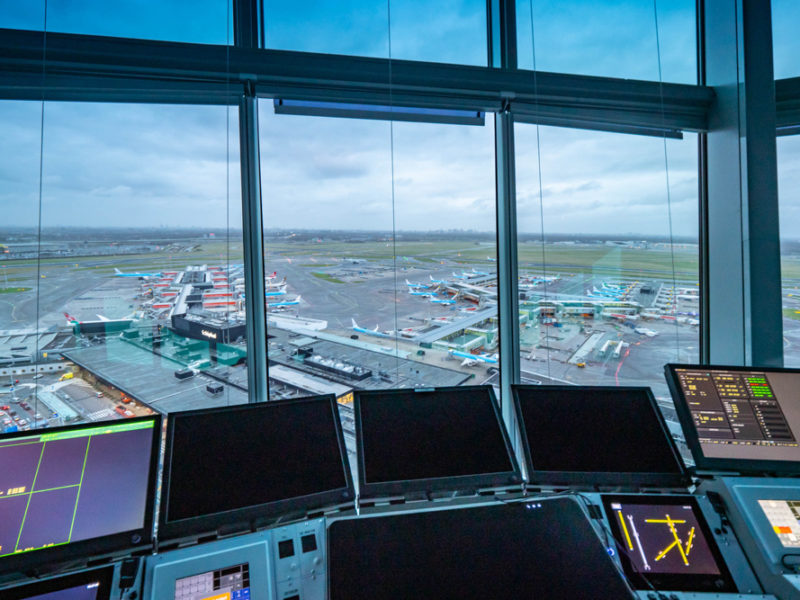
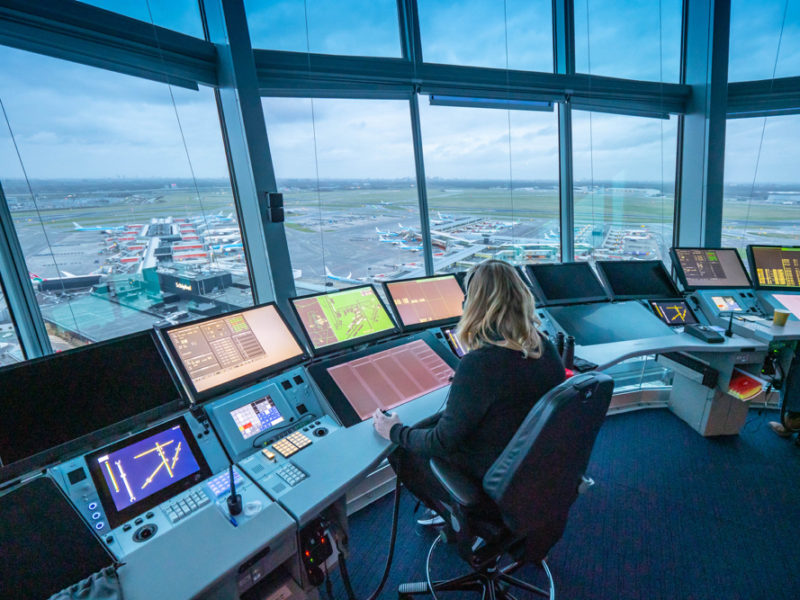
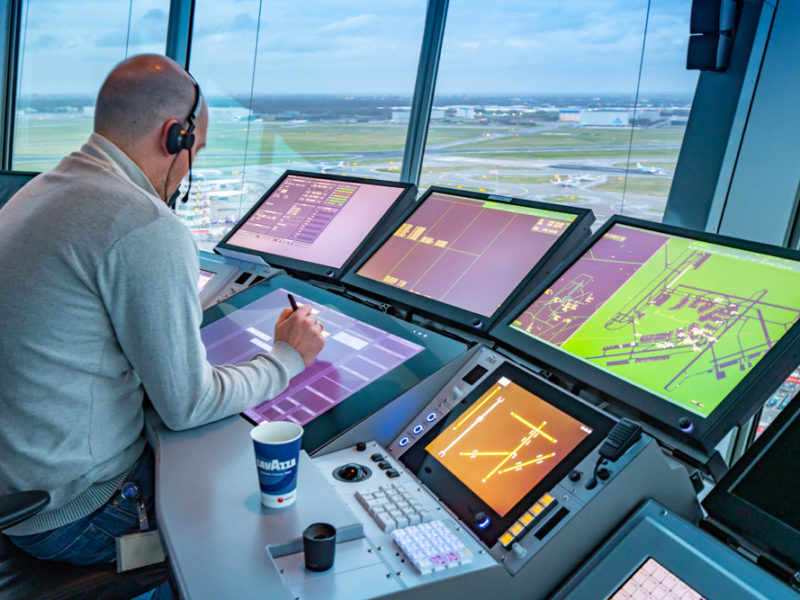

Amsterdam Schiphol has 6 runways in total
- 18L/36R
- 18C/36C
- 18R/36L
- 06/24
- 09/27
- 04/22 (used by general aviation but mainly for private aviation)
The wind and weather are the biggest challenges at Schiphol and there could be many runway changes during one day. Due to noise probation, only 3 runways are used at any one point.
During departure peak, 2 runways will be assigned for departure and 1 runway for arrival. Inversely during arrival peak, 2 runways will be assigned for arrival and 1 runway for departure.
Runway 18R/36L is located far away from the centre, hence why there is another control tower dedicated for this runway.
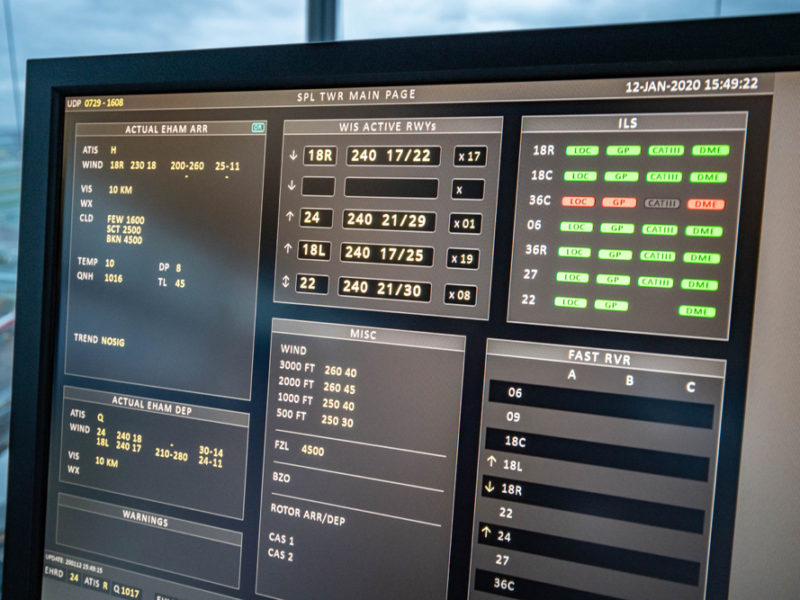
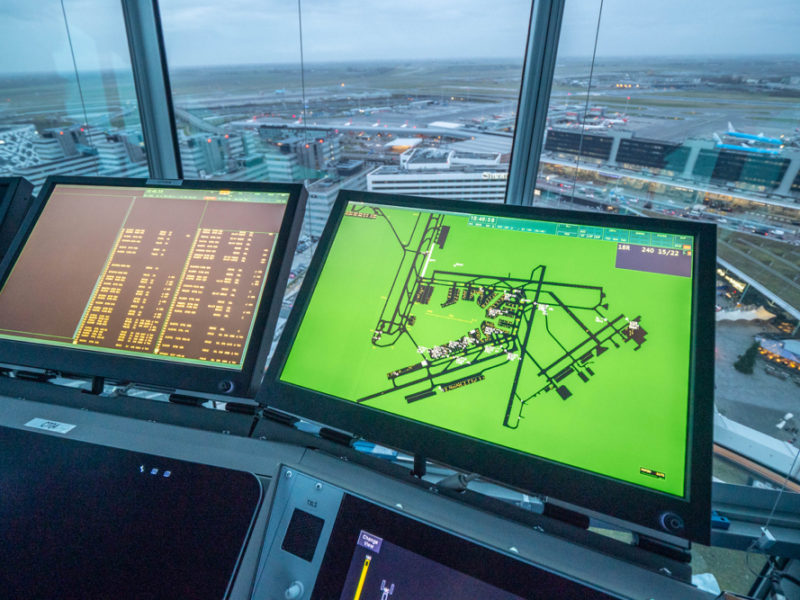
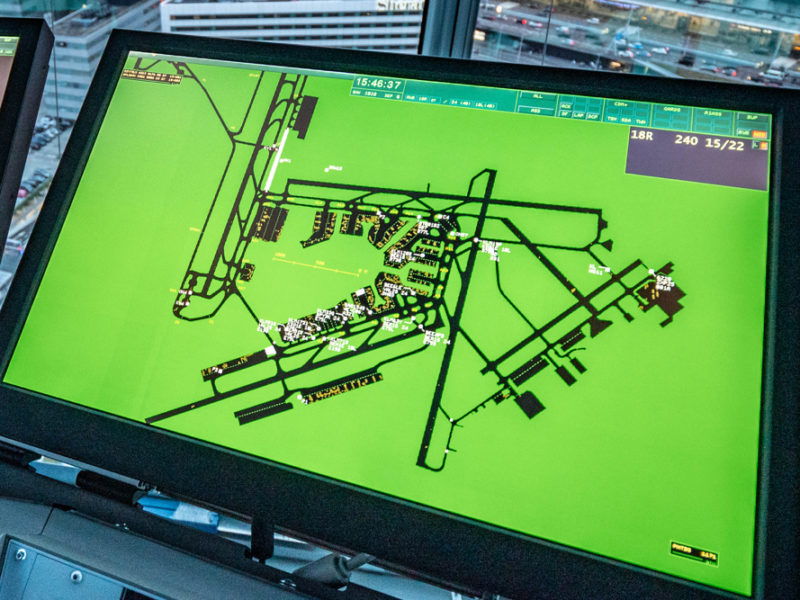
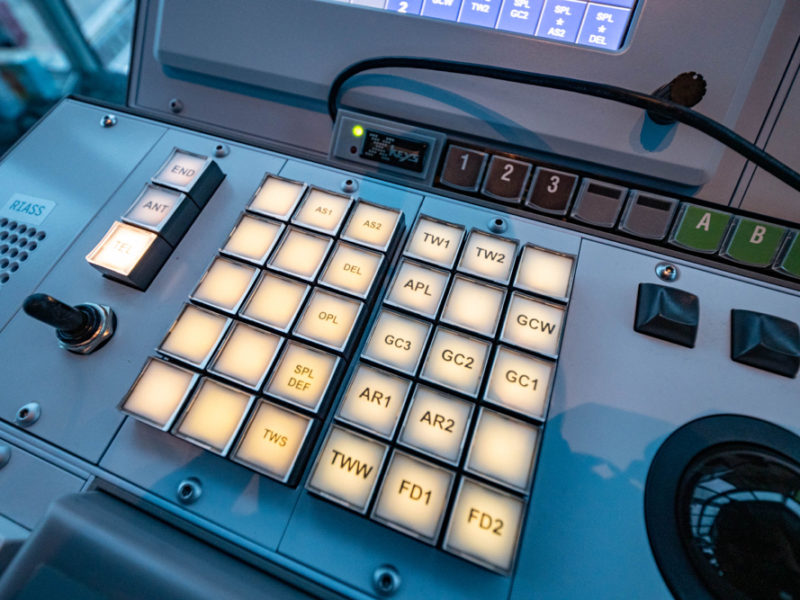
The ATC planner does a good job at optimising the runway usage, ensuring that planes do not hold too long on the taxiway; thus reducing fuel burn on the taxiway. However, if runway 18R/36L is in use (Polder runway) taxi time can be 15 minutes from the terminal.
Schiphol handles around 1500 traffic movements on an average day, it was quite intensive during peaks of inbound and outbound. The capacity is about 110-120 planes per hour.

There are 6 concourses in Schiphol, they are Concourse B, C, D, E, F, and G. You can get a good 360 degree view from the tower to all the concourses.
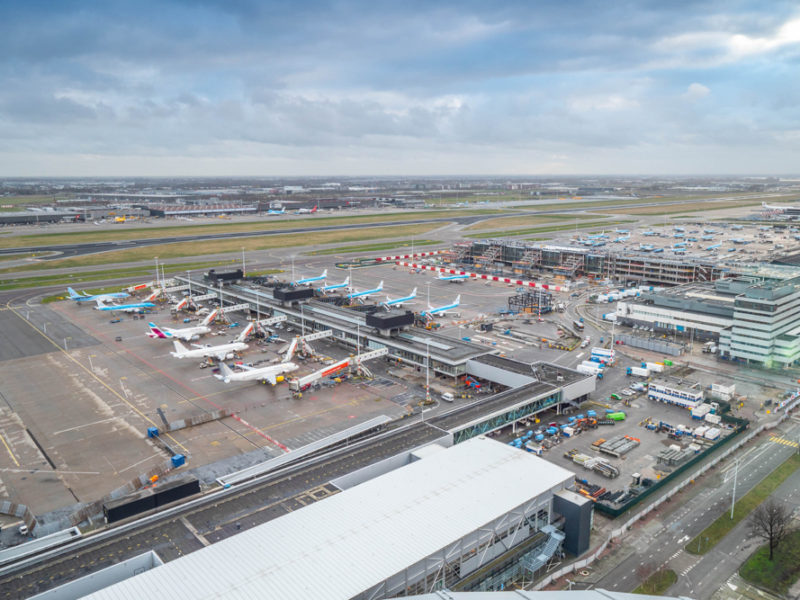
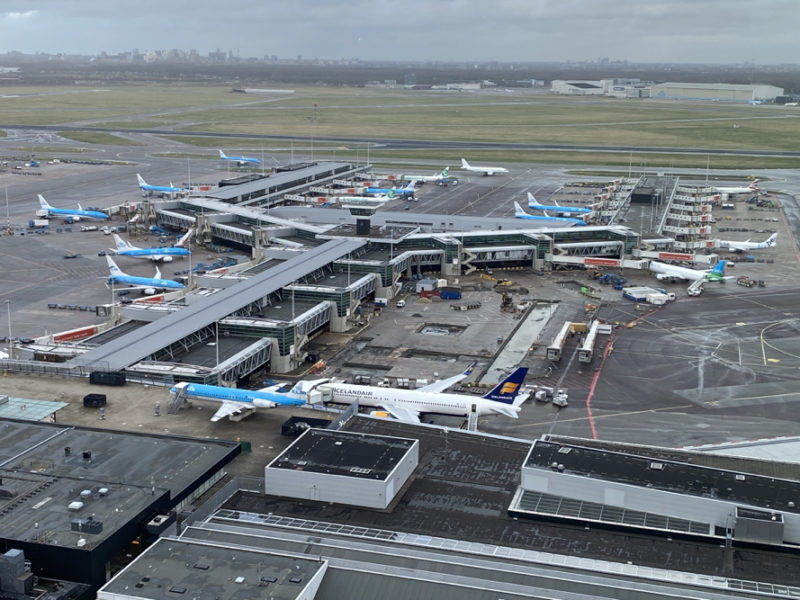
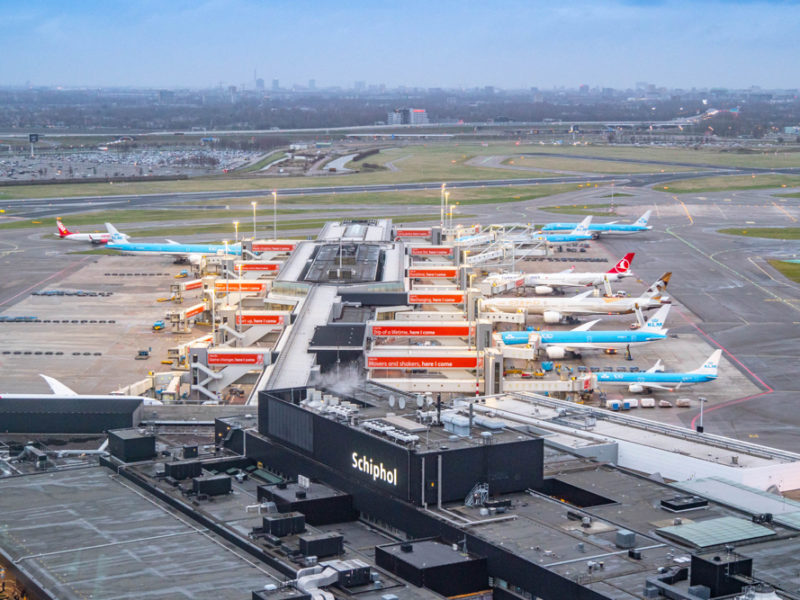
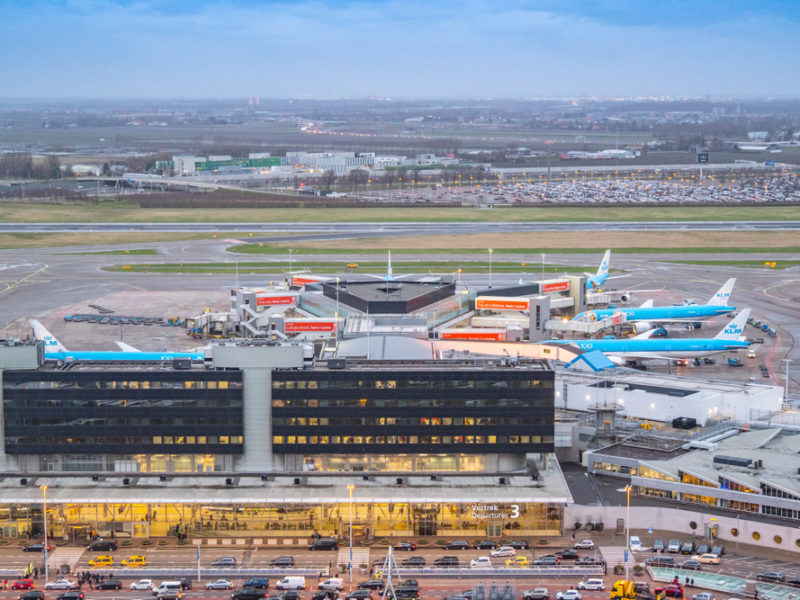
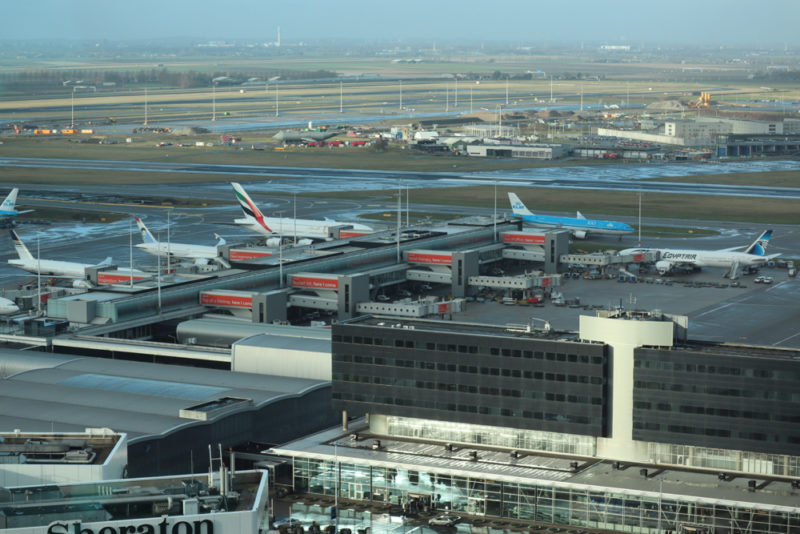
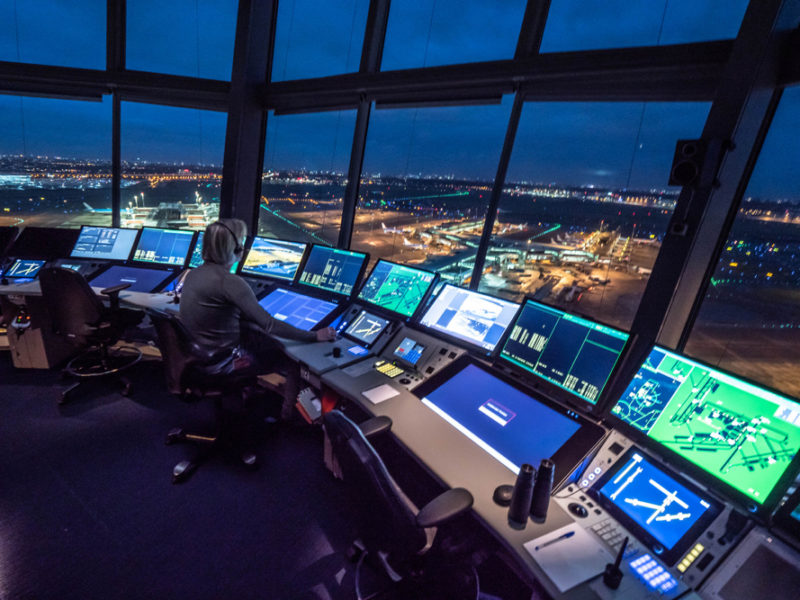
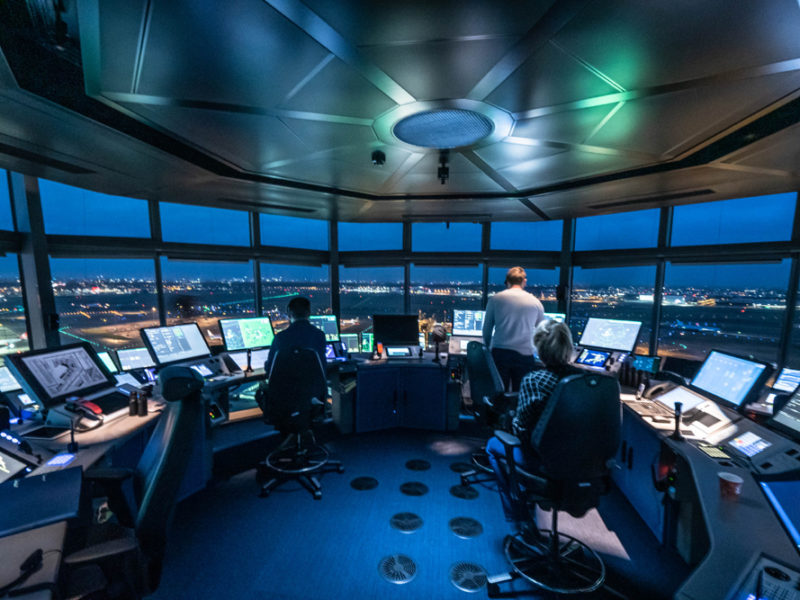
Video of Amsterdam Air Traffic Control
I also visited the Schiphol approach (Radar) centre in Schiphol East, which directs departing aircraft from Schiphol to the air routes. It also directs approaching aircraft to the immediate vicinity of Schiphol. In other words, the approach centre works together with the tower and they handover traffic to each other.
In the approach centre, there is an approach section and an area control section.
For an outbound aircraft, after departure, the tower will hand over the plane to the approach section, then to area control (up to 24,500 ft) and then finally to Euro Control, which sits above in Maastricht.
For an inbound aircraft, area control will guide the plane to one of three fixes. The approach centre will then guide the plane for approach and hand over to the tower for final landing.
Although they have the name "approach" the center works on both arriving and departing traffic.
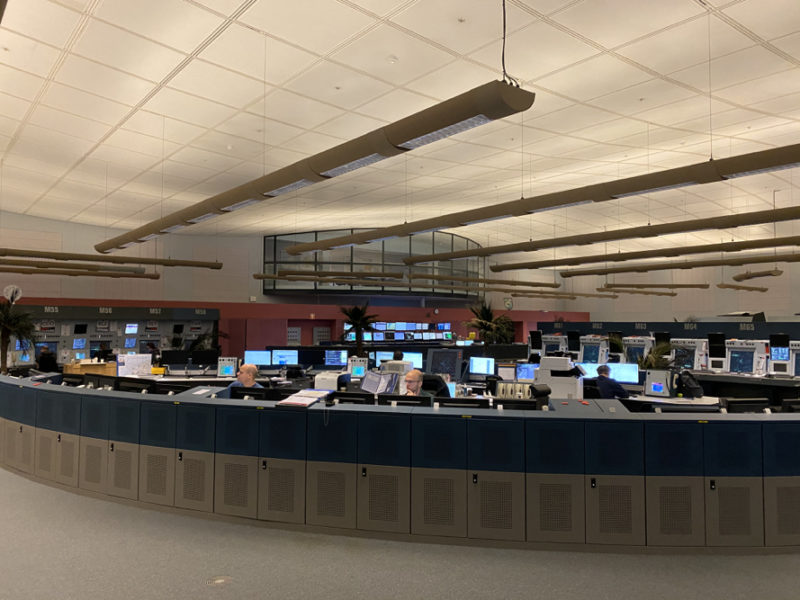
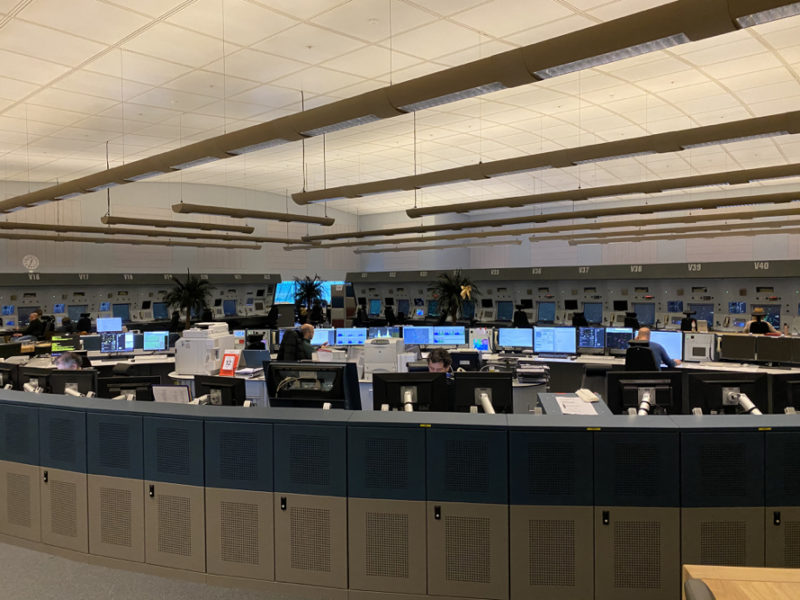
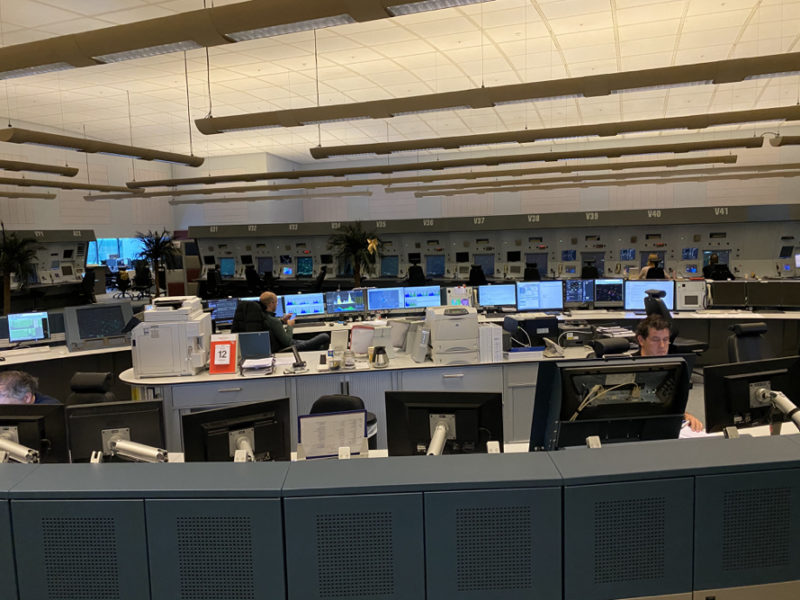
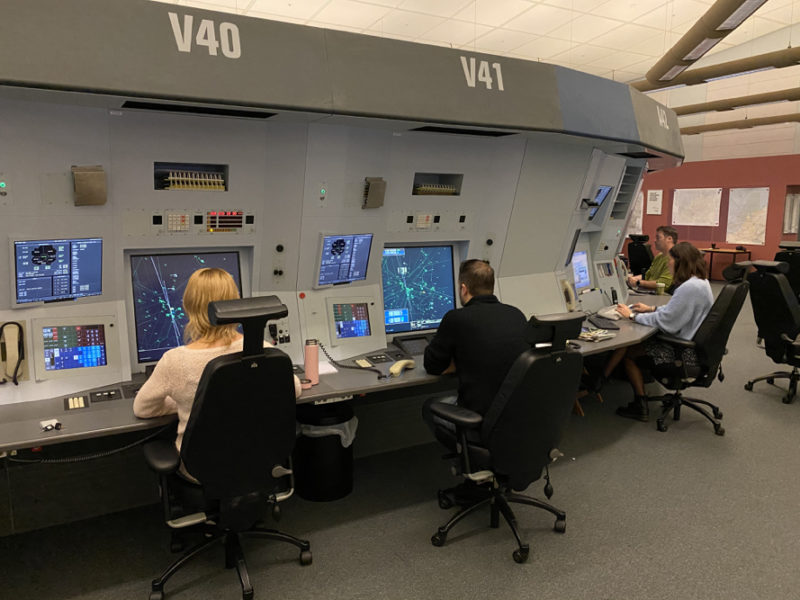
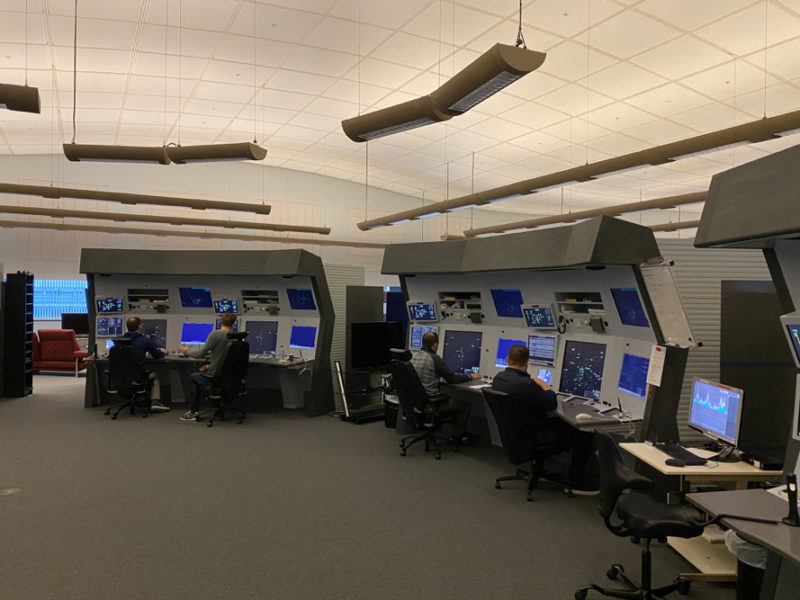
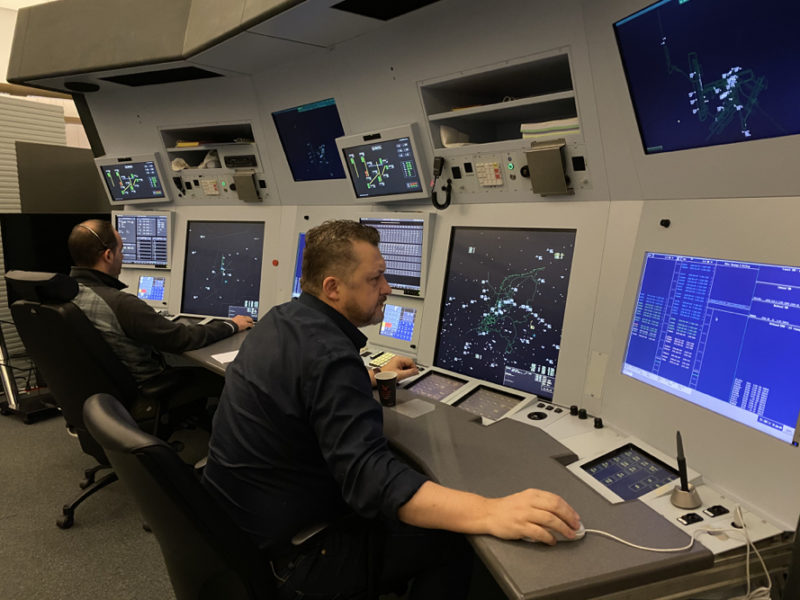
For more information on Air Traffic Control in The Netherlands, please visit https://en.lvnl.nl/


